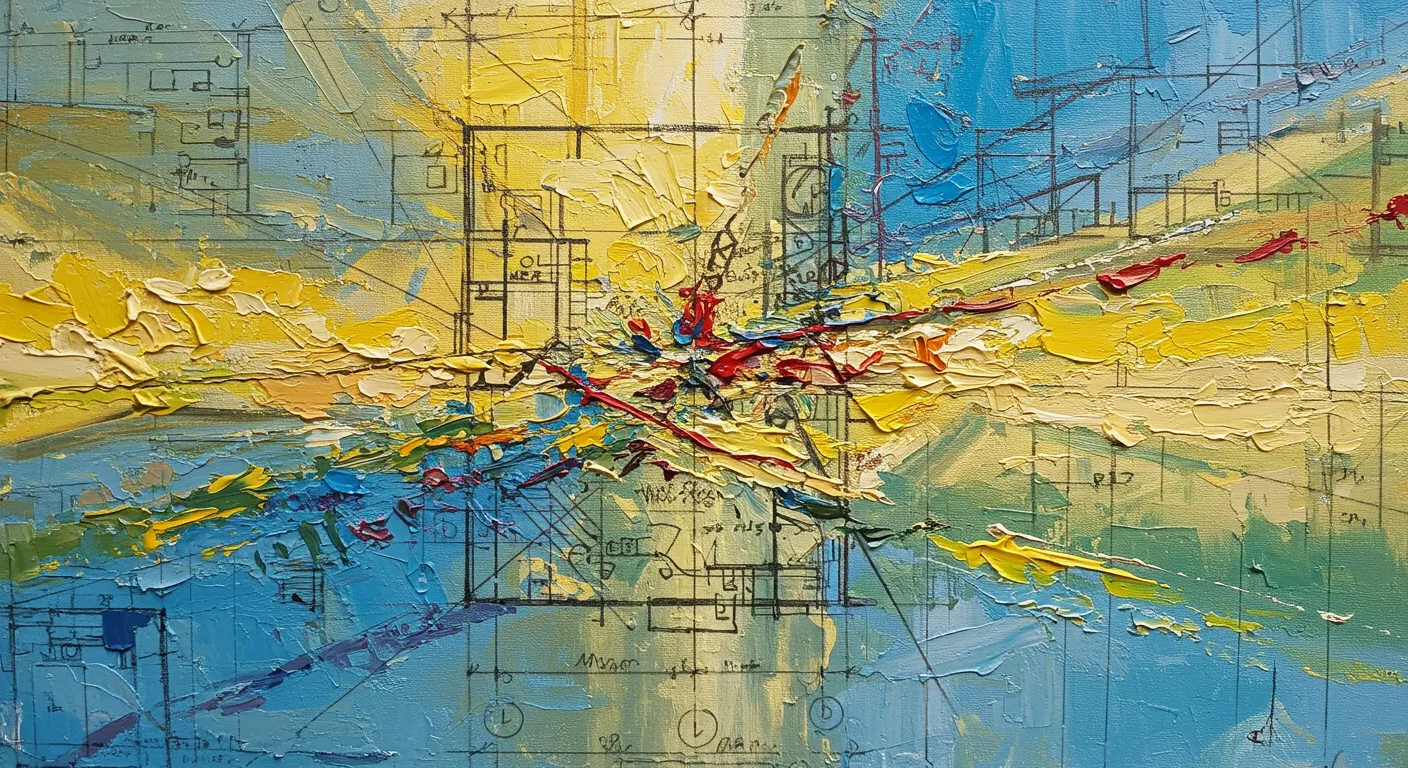In the ever-evolving world of software development, online commentators are diving deep into a nuanced discussion about the invisible forces that shape code design. The conversation reveals a critical insight: software architecture is less about rigid rules and more about cultivating an intuitive sense of "design pressure."
At the heart of the debate is the understanding that code is not just a set of instructions for machines, but a communication medium for humans. Developers are increasingly recognizing that while the primary purpose of code is to solve problems, how we solve those problems matters immensely. The most effective architects develop a kind of sixth sense—a "design pressure" that allows them to anticipate how code might evolve and break over years of use.
This design intuition isn't something that can be easily taught or measured. Online commentators suggest it's more akin to a cultivated taste, similar to how a chef develops an understanding of flavor combinations. It's about seeing potential failure states, understanding how external pressures might impact the system, and being flexible enough to adapt without over-engineering.
The discussion highlights a critical tension in software development: the balance between creating flexible, understandable code and actually solving the problem at hand. Extreme approaches—whether it's blindly following "best practices" or creating overly complex architectures—are equally problematic. The sweet spot lies in an approach that remains adaptable and communicative.
Ultimately, the most valuable skill for developers isn't mastering a specific technique, but developing the judgment to know when and how to apply different design principles. It's a subtle art that combines technical knowledge, intuition, and a deep understanding of how systems evolve over time.


